11 Tips for Keeping Your Teeth Healthy with Rheumatoid Arthritis

Updated May 3, 2020
Taking care of your teeth is important at any time, but especially with rheumatoid arthritis (RA). RA inflammation can wreak havoc on many parts of the body, including your teeth and gums. This makes it even more important to take good care of your teeth, but pain and problems with mobility can get in the way. Here are some tips that will make both easier.
This post contains affiliate links. If you click on the link and make a purchase, I may receive a small commission at no extra cost to you. Read more about why and how that works on my disclosure page.
Getting your teeth cleaned can be a very literal pain with RA, particularly if it affects your neck and jaws. Although the concept of lying in the dentist’s chair sounds comfortable (well, except for the part about being at the dentist), it can be just the opposite. The little divot for your head is guaranteed to make your neck hurt, but your visit to the hygienist can be even harder for your jaws. Keeping your mouth open for 45 minutes or more while someone pokes at your teeth can make your jaws flare. But there are ways to make the visit easier.
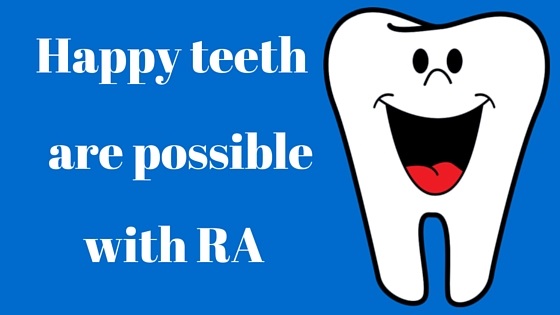
Talk first. Start off with a conversation about your RA and what it means for the state of your teeth in general, as well as getting your teeth cleaned. RA in your jaws and shoulders/elbow/hands can make brushing difficult, which can affect the health of your mouth and teeth. As well, taking an immunosuppressant may inflame your gums, as your body may have more difficulty fighting back against the bacteria in your mouth. Explain that keeping your mouth open for a long time hurts, and you may not be able to open your mouth as wide as other people. If your hygienist (and/or your dentist) doesn’t understand this, or doesn’t work with you in a way that respects your RA, get another dentist!
Take painkillers. We all hope seeing the hygienist won’t hurt too much, but assuming that it will can actually reduce that pain. Take your pain medication before you go to your appointments, timing it so it starts to work 10-15 minutes into your appointment. This can make the entire experience much less painful, and the meds will still work when you walk out the door. If you hurt a lot after having your teeth cleaned, make sure you take the painkillers on a regular basis for the next couple of days.
Bring a pillow. Bring a small pillow that you can put between your head and that awful divot in the dentist’s chair. Find a pillow that’s small enough that it won’t get in the way, but with enough cushiness that it can offer you a bit of support. This will make your neck happy, which will make you happy.
Take breaks. Before you get started, tell the hygienist that you will likely need some breaks to rest your jaws. Agree on a signal, such as raising your hand, that will give them the cue they need to back off for a bit. During those breaks, gently move your jaw to ease the strain on the muscles. Closing your mouth and trying to relax your jaw muscles can also be really helpful. Go easy on yourself, don’t do anything that doesn’t feel good. A mouth prop may also help — ask your dentist if they have one. If they don’t, ask them to get one.
Clean in quadrants. You have four quadrants in your mouth: upper right and left, and lower right and left. The hygienist will clean the inside and outside of your teeth. Getting the inside cleaned requires opening your mouth wider than the outside. Ask the hygienist to alternate between the inside and outside of different quadrants. This will enable you to naturally rest your jaws throughout the procedure. At a time when the RA in my jaws was very active, I asked if I could spread the cleaning over two appointments. My dentist had no problems with this
X-rays. X-raying your teeth identifies potential cavities before they become the size of a meteor crater. X-rays are also really difficult if you can’t open your mouth very wide. The contraption into which the x-ray film is inserted (or which is a conduit for the digital x-rays) is made for people with normal mouths. Ask for the children’s version. It’s smaller, and much easier to get in position without straining your jaws.
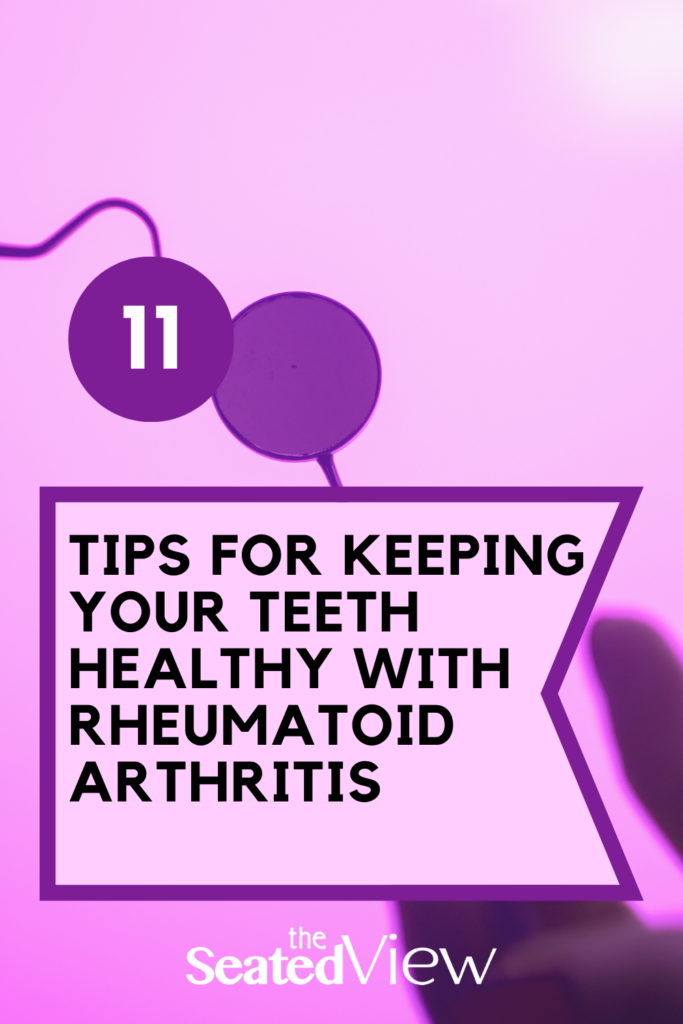
How to keep your teeth healthy at home
A successful visit to the hygienist also depends on what you do in between appointments.
Get an electric toothbrush. You can get battery-operated electric toothbrushes. The former is cheaper, but may have to be replaced more often. I prefer the Oral-B electric toothbrush with the smaller round head, as it doesn’t require as much space as the ones that have an oblong head. Smaller makes it easier to brush everywhere without straining my jaws.
Floss. Yeah, sure. Tangling the floss around your fingers and moving your arms and hands to floss is difficult, nevermind how far you have to open your mouth. For many of us, flossing becomes optional But it doesn’t have to be. Get yourself a flossing wand. You can also get get flossing wands without built-in floss, but weaving your regular floss around it requires some dexterity.

Use a sulca brush. A sulca brush is is a fantastic tool that can help you clean along your gumline, removing buildup that can turn to tartar, which in turn can lead to cavities and periodontal disease. It’s quite long, which makes it easier to get to your teeth if your arms are aching. Wrap a bunch of rubber bands around the handle to make it thicker and easier to grip.
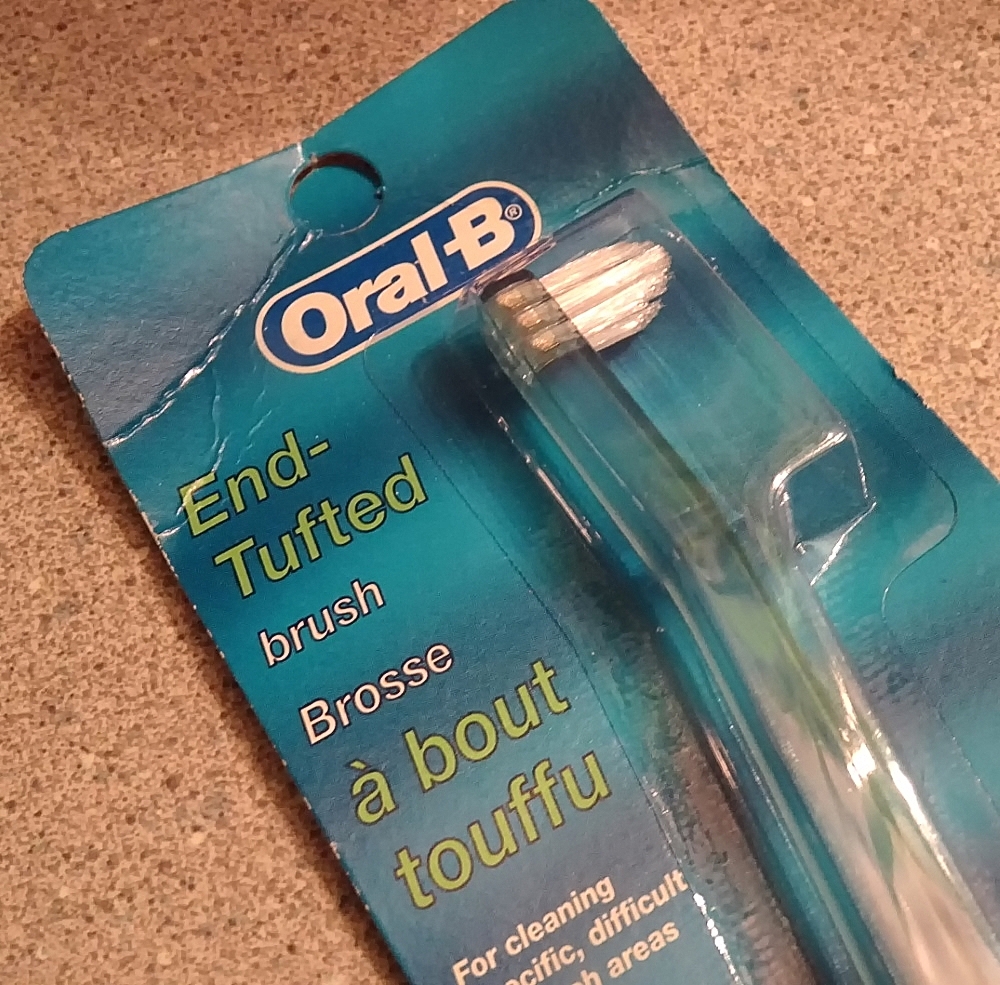
Soft-Picks. These little things are quite literally a miracle! Soft picks are a fantastic help to get at food that’s stuck between your teeth. They are also an excellent tool to supplement or replace flossing, if that’s hard for you.
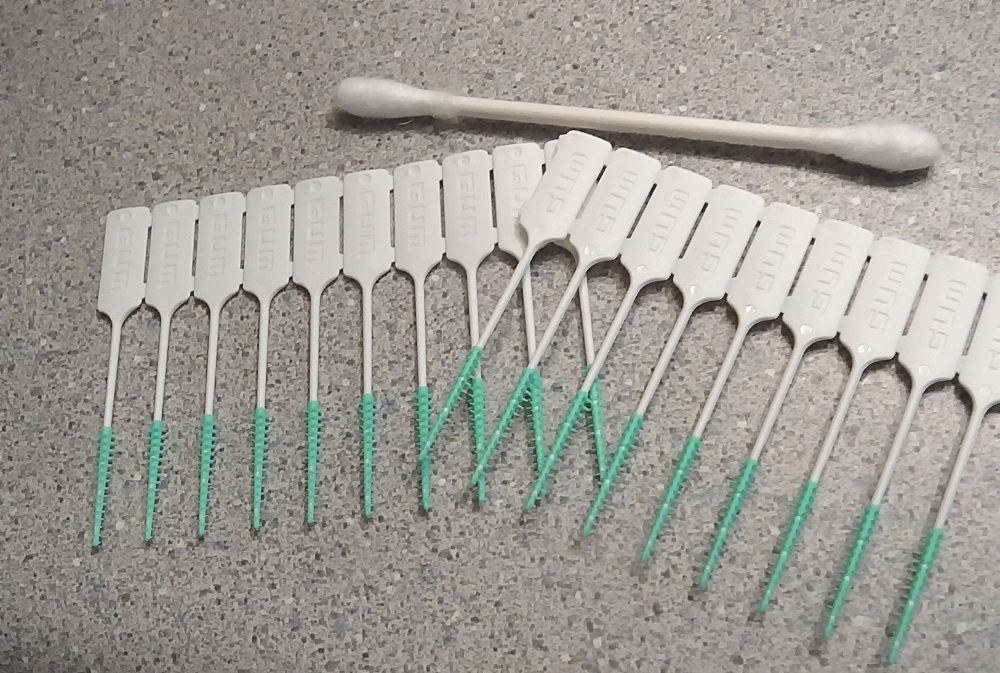 Q-tip for size comparison
Q-tip for size comparison
You stick them between your teeth at the gumline and move them back and forth. Because of the tiny teeth on the green part, they not only remove errant food, but also build-up, which can lead to tartar, etc. One drawback is that they’re quite small, but it that can help you with that boring exercise of making sure your thumb can meet the tips of the other fingers.
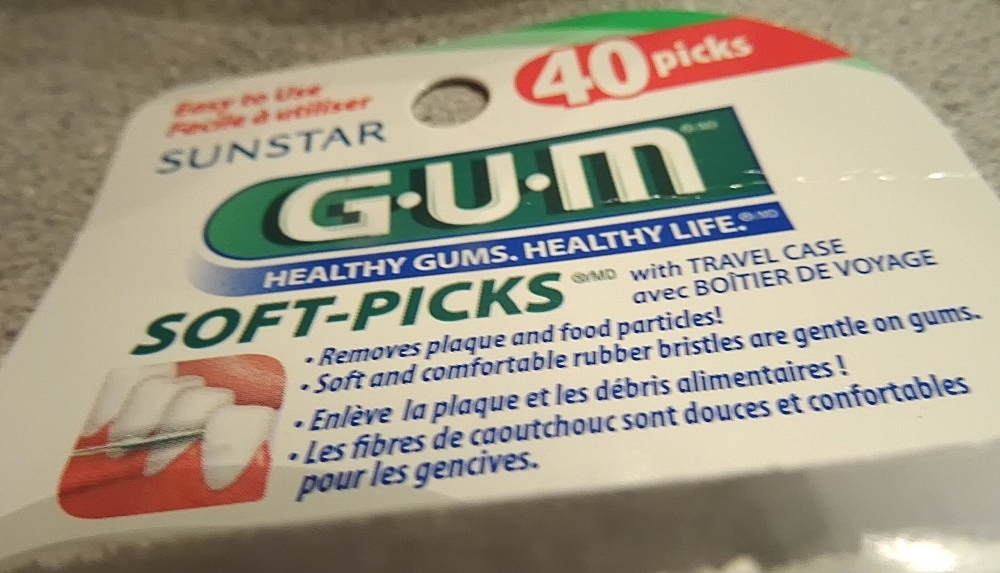
Note: you don’t have to floss, use the sulca brush, and the soft-picks every day if that’s too much for you, but try to do at least one, in addition to brushing your teeth. It’ll go far towards making your teeth and gums healthier.
See your hygienist every four months. RA affects the health of your mouth in two ways. One, it’s difficult to take care of your teeth because of the pain and limited mobility in your jaws and shoulder/elbows/hands. Two, both the RA, as well as the medications used to treat it, can impact the health of your gums. Seeing a hygienist every four months, rather than the recommended six, can do wonders for cavity prevention, as well as staying ahead of periodontal disease.
What is your experience with pain and getting your teeth cleaned?
Tag: brushing teeth, dental health, flossing, RA, rheumatoid arthritis, teeth cleaning
1 Comment
Read More
Discover what else I've been writing about...










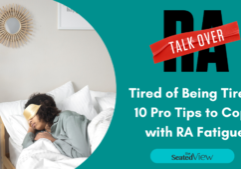
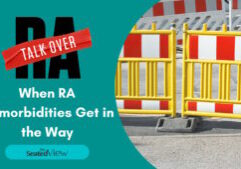

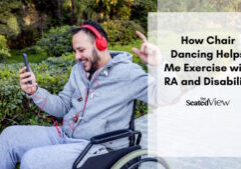


Great tips, Lene. I especially would like to emphasize about finding a new dentist or hygienist if they don't respect the issues between having RA and getting dental work done. My local dentist sent me to an oral surgeon to have a broken tooth removed. My dentist was not comfortable removing the tooth himself because of all the immunosuppression drugs I am on. The oral surgeon gave me extra steroids to wake up my adrenal glands as well as placing small pearls of medication in the open gap to help it to clot. It worked out nicely with good healing because the surgeon was very considerate about the meds I am on as well as being as gentle as possible about the actual removal itself, he was very conscious about putting as little pressure on my jaw as possible.